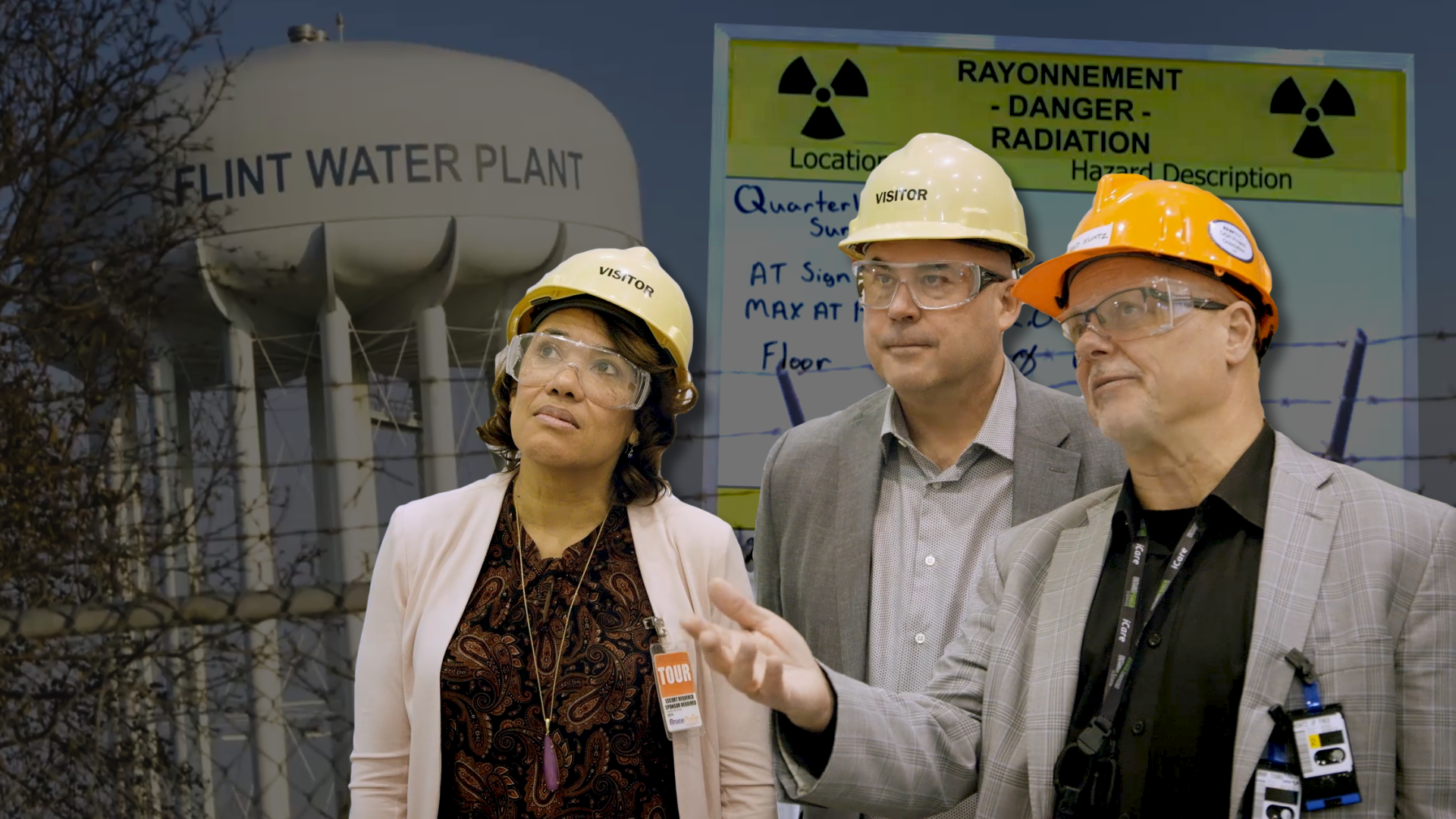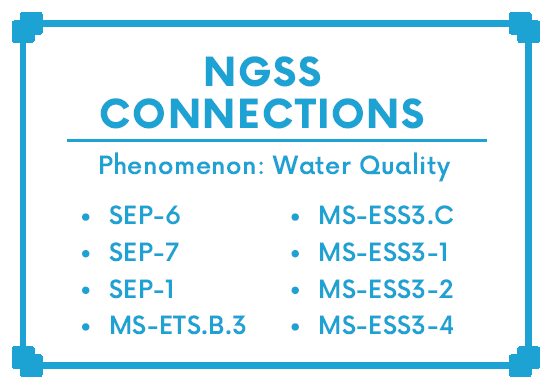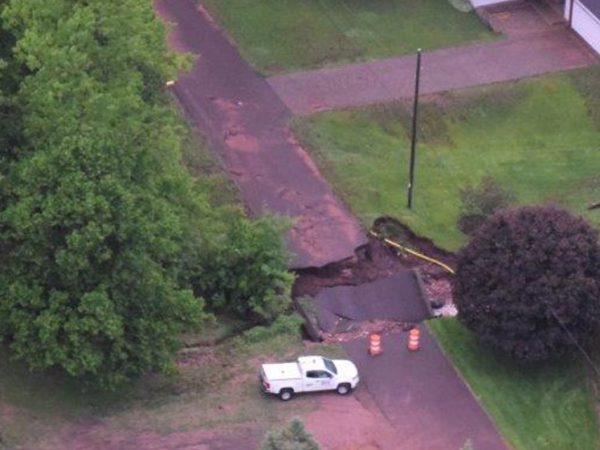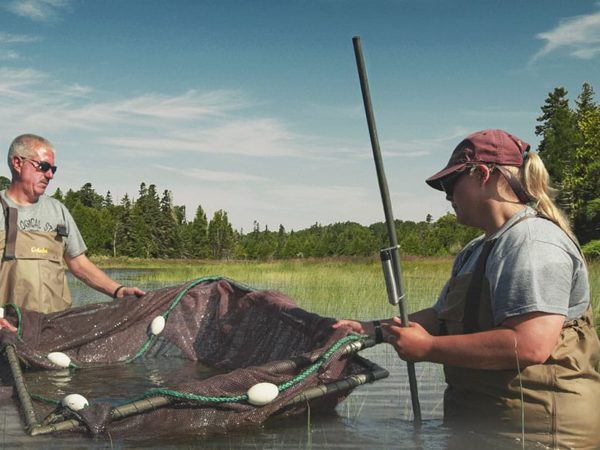
Students build perspective and empathy as they explore multiple points of view on a common issue by observing and participating in discussions of issues with people from different points of view. Built out of this Great Lakes Now special broadcast of the Canadian program “Political Blind Date,” the video narrative follows politicians as they explore how to best protect the region’s water. Students will explore and interpret different sources of information for point of view, context, bias, frame of reference, or perspective as well as articulate their perspective on the issue after being informed about it.
Great Lakes Learning Lesson 1030 – Full Lesson 
Lesson Objectives
- Know the threat that lead pollution and nuclear waste disposal pose to water quality and human health
- Understand how point of view, context, bias, and frame of reference all can affect one’s perspective
- Be able to articulate your own individual perspective on an issue as well as take the perspectives of others on the same issue through research, listening, and communication by conducting a pinwheel discussion.
View the entire lesson plan including teacher background information, worksheets and more below or download for free here.
Activity 1
This activity is a video discussion of a Great Lakes Now episode segment that discusses water quality issues from the perspectives of multiple people.. During the video students need to jot down four things they took away from it.
Watch a Great Lakes Now Segment
Activity 2
This activity aims to provide students a better understanding of the two water-quality issues at the heart of this lesson: lead contamination in Flint Michigan’s drinking water and the potential storage of nuclear waste in Ontario near Lake Huron. They will read about these two issues to gain additional information and perspective on them with the goal of reading about each to make text-to-text connections as they study these issues.
Activity 3
The purpose of this activity is for students to engage in a Pinwheel Discussion about an issue from multiple perspectives by designating each student in the discussion to represent a single perspective on the issue. Four chairs are arranged facing each other in the middle, one for each speaker representing each perspective. The chairs fan out in multiple directions like the shape of a pinwheel.
Learn more about Episode 1030: A Political Blind Date on this month’s landing page.
If you use this lesson or any of its activities with your learners, we’d love to hear about it! Contact us with any feedback or questions at: GreatLakesNow@DPTV.org




